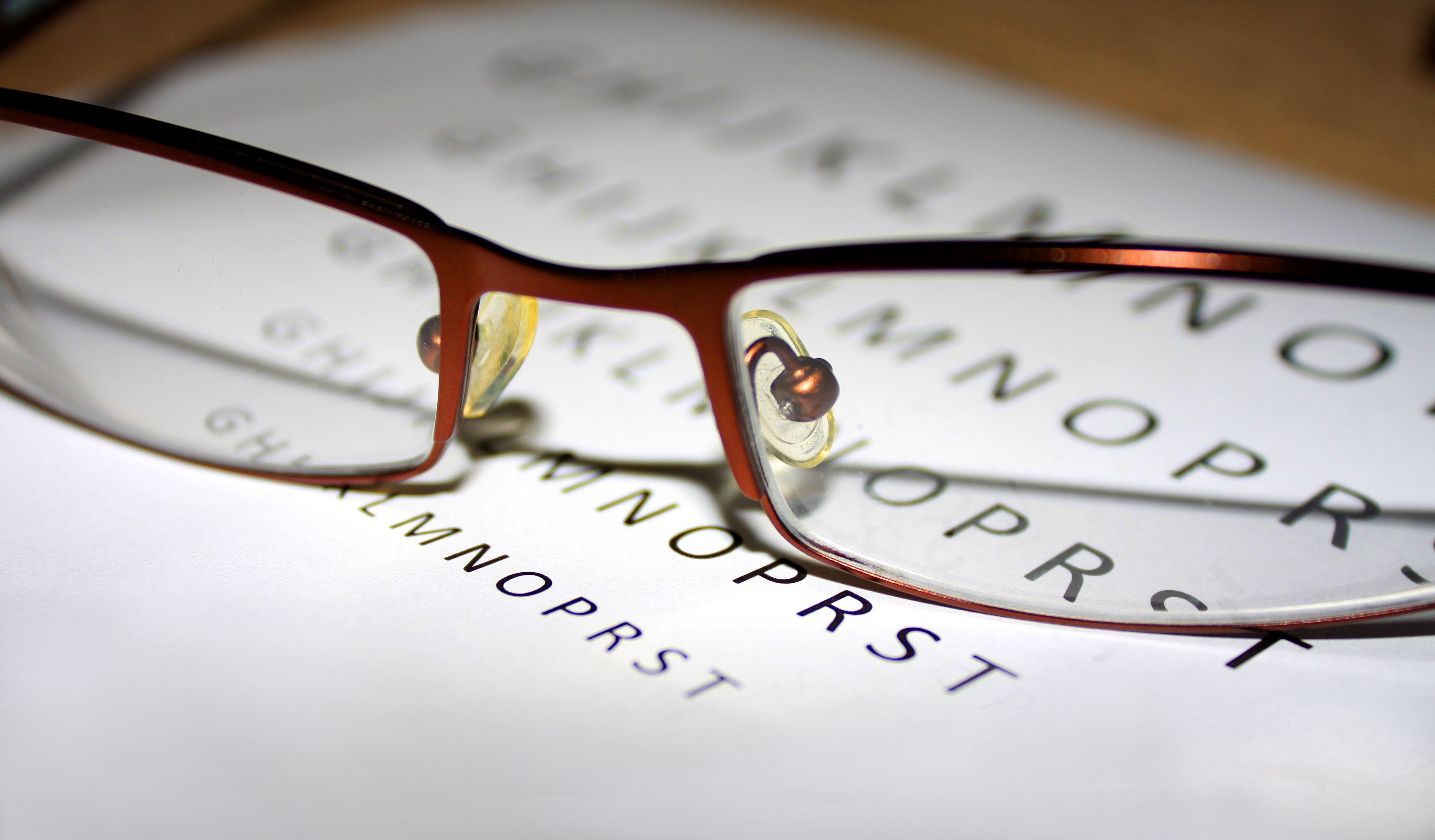Article
Possible Correlations Found Between Aging, Visual Field Reliability Indices
Author(s):
A large real-world analysis assessed age-related changes in commonly used visual field reliability indices and the potential mechanisms behind the trends.
Assessing patients for visual field (VF) loss and predicting VF loss over time is a crucial aspect of ophthalmology, particularly in patients with eye-related pathologies such as glaucoma. A real-world study published in Journal of Clinical Medicine aimed to evaluate the relationship between aging and commonly used VF reliability indices—including fixation losses (FLs), false negatives (FNs), and false positives (FPs)—in a large set of real-world perimetry results.
Researchers exported data from 42,421 VF analyses conducted between 1988 and 2019 at the Department of Ophthalmology at Shimane University Hospital in Japan. Of those assessments, 82% were tested with the Swedish Interactive Threshold Algorithms standard and 18% with the full-threshold strategy. The data included 11,525 eyes of 5930 Japanese subjects with a mean (SD) age of 65.1 (15.1) years.
The data collected included each patient’s age at VF testing, mean deviation (MD), pattern standard deviation (PSD), and rates of FLs, FNs, and FPs. Researchers used the Spearman’s rank test to assess possible correlations among age and the VF indices. The subjects were stratified by 10-year increments, and VF reliability parameters (FLs, FNs, and FPs) were compared between the age groups.
Age was strongly correlated with FNs, and all combinations of each parameter showed significant correlations except for PSD-FL and PSD-FP. Patients aged 20 to 29 years had lower rates of FLs, FNs, and FPs compared with other age groups. Rates of FLs steadily and consistently rose each decade after age 20 to 29 years, FNs saw a steep rise each decade after age 50 to 59 years, and FP rates were generally consistent with each decade after age 30 to 39 years.
“Transitions of FLs and FNs differ; FLs are elevated consistently after the third decade of life, and FNs are sharply elevated after the seventh decade of life, which may result from different visual function changes (eg, FL is related to macular function),” the authors noted. “Another factor may be technical difficulties during testing because of age-related changes such as decreased cognitive function and/or physical disability.”
A mixed-effect regression analysis of subjects 40 years and older further assessed the correlations between age and VF reliability indices. This considered the potential confounding effects of differing VF defect severity in these age groups and from including repeated measurements in both eyes of a subject. This analysis found that worse FLs and FNs were associated with advanced age, but FPs were not.
Previous findings point to the possibility that age-related changes in FNs compared with FPs may have to do with the fact that aging and glaucoma both cause VF sensitivity loss, the authors noted. “Our study also found a strong association between age and MD. This may be explained by the progression/acceleration of diseases by aging (eg, glaucoma).”
While large, this study lacked data on visual acuity, ocular pathology, and factors such as fatigue and loss of concentration during prolonged examination protocols that are no longer used in standard practice, the authors noted. “However, we believe that the study design is reasonable for assessing the overall impact of age on the reliability indices of VF testing.”
Overall, the data suggest that the changing rates of VF reliability indices within each age group in the study resulted from a decline in VF sensitivity, macular function deterioration, and technical difficulties caused by aging.
Reference
Shirakami T, Omura T, Fukuda H, Asaoka R, Tanito M. Real-world analysis of the aging effects on visual field reliability indices in humans. J Clin Med. Published online December 9, 2021. doi:10.3390/jcm10245775





